How to Get Rid of Squash Bugs & Squash Vine Borers

by
The Prudent Garden
(IC: blogger)
Growing squash in your home vegetable garden can reward you with heavy yields for little work. However, avoiding insect infestation, specifically squash bugs and squash vine borers, is critical to success. We have battled these pesky creatures in our garden over the years. Luckily there are several rather simple preventative steps that will help to ensure success without the use of harsh insecticides.
Here are some tips to help you successfully grow squash:
4. Opt for bug resistant squash varieties, such as Butternut, Early Summer Crookneck, Improved Green Hubbard, and Royal Acorn.
For more information on how to identify these pests, check out the entire blog post at theprudentgarden.com.
Enjoyed the project?

Want more details about this and other DIY projects? Check out my blog post!
Published June 11th, 2014 8:47 AM
Comments
Join the conversation
2 of 12 comments
-
-
 Rosemary Shipley-savage
on Apr 02, 2019
Rosemary Shipley-savage
on Apr 02, 2019
Thank you so much! Every year I have high hopes for my little garden,but something always happens to my squash plants. Now I know what to look for, I'll be watching.
-



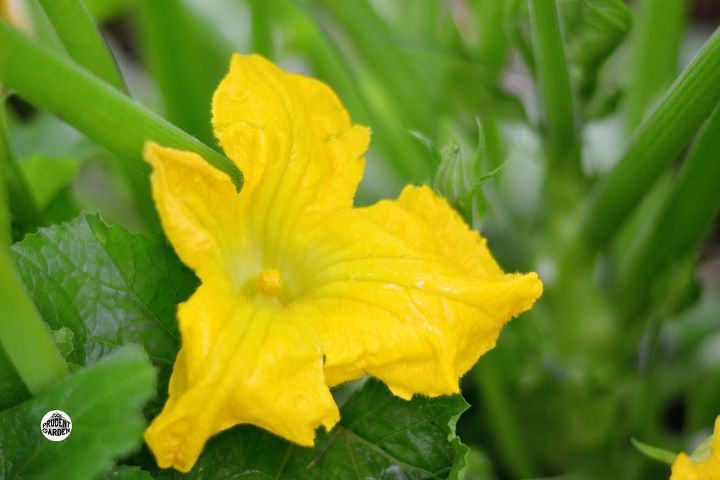
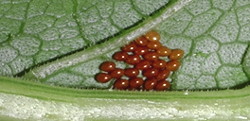
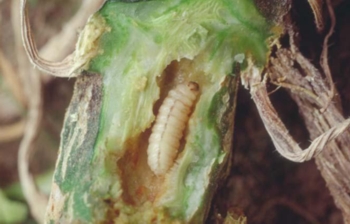
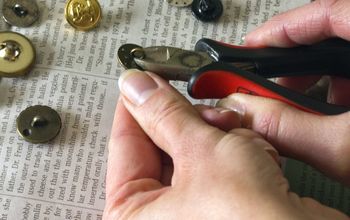
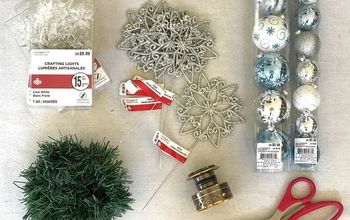




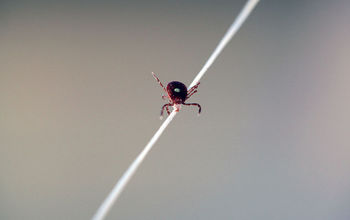






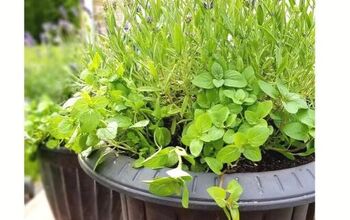




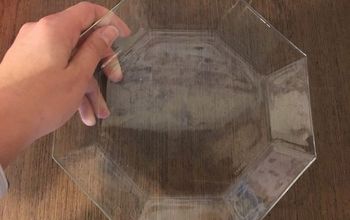




Frequently asked questions
Have a question about this project?